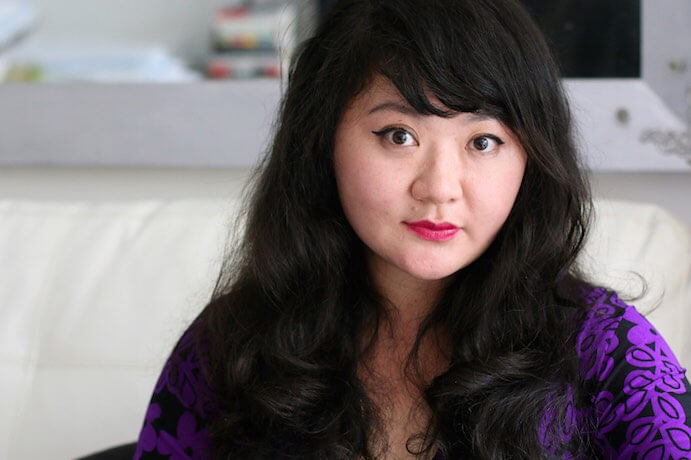In the gorgeous General Theological Seminary in Chelsea, cellist Matt Haimovitz paired classic works by J.S. Bach with those of living composers Philip Glass, Du Yun, David Sanford, and Vijay Iver. This program was presented on June 13, 2018 as part of the Chelsea Music Festival, which took the theme “BACH333” for its 2018 season to celebrate the 333rd anniversary of Bach’s birth. The evening lived up to the festival tagline “Hear/Taste/See” by including sculptures by Visual Artist-in-Residence Amy Pleasant, and a delicious outdoor gelato intermission sponsored by Chef Lorenzo Franchetti.
Haimovitz presented a variety of pieces by Bach, including preludes, chorales, and a suite, along with a stylistically diverse array of contemporary works. The program was cleverly constructed, with each Bach piece paired with a contemporary counterpart. By alternating between old and new works, Haimovitz encouraged and inspired thoughtful connections to be drawn among them. The long, winding passages of Philip Glass’ Overture (2015) which opened the concert easily gave way to Bach’s “Prelude” from Suite in G Major, BWV 1007. At times, I was surprised it was Glass I was listening to, as the writing was so uncharacteristically lyrical–lacking the driving, pulsing quality often associated with his music. All the same, it was a welcoming start to the program. On another note, the audience could have benefited from program notes, as it wasn’t clear that Haimovitz had in fact commissioned all of these pieces specifically as responses to Bach’s music—a huge project for which he released the album Overtures to Bach in 2016 under Pentatone Music.

Haimovitz has a rich and original reading of Bach, and has been widely celebrated for the liberties he takes in crafting his interpretations. The standout performance among these works was the Suite III in C Major, BWV 1009. Haimovitz’s clear and full-bodied sound was made all the more striking by the wonderful acoustics of the General Theological Seminary. Whereas in some of the “Preludes” I felt that the sense of pulse was eroded by excessive rubato, each movement of the Suite was buoyant and taut. The melancholy, meditative “Sarabande” was particularly evocative, and the “Gigue” was delightfully dissonant and rousing.
In addition to the solo Bach, three other cellists (Angela Lee, Joseph Lee, and Jonathan Butler) joined Haimovitz for performances of a handful of Bach chorales. As part of the Chelsea Music Festival’s BACH333 programming, they accomplished an impressive goal of performing 333 chorales over the course of the festival, squeezing them into other events such as their 333 Minutes of Bach marathon on June 9th, and walking tours of St. Paul’s German Lutheran Church. Although these pieces did feel somewhat disconnected from the solo offerings, the players shaped the chorales with expressive warmth—and who can resist the appeal of a cello quartet?

Du Yun’s The Veronica (2015) was a highlight of the program. Rhapsodic and expressive writing spun off into harmonic tremolos, and noisy, hushed sul ponticello playing over the bridge of the instrument. At times, motivic beacons reminiscent of Bach’s own compositional aesthetic pinged through a haze of timbral material and ghostly filigree. These simple elements, such as isolated downward arpeggios and brief two-voice contrapuntal writing, were not presented as vestiges of a bygone aesthetic, but as raw material with potential for further layers of meaning.
Another clear standout among the contemporary works was Run (2015) by Vijay Iyer, which ended the program. The piece opened with rapidly bowed arpeggios which were at first subdued, but before long bubbled forth with joyful effervescence into increasingly complex gestures. An eerie tremolo texture took over, menacing and buzzing like some untamed creature. The beauty and terror of Run came to a head in the last moments of the piece, as it churned with increasing intensity towards its dramatic conclusion—a true crowd-pleaser, and a fantastic end to a well-crafted program.
























